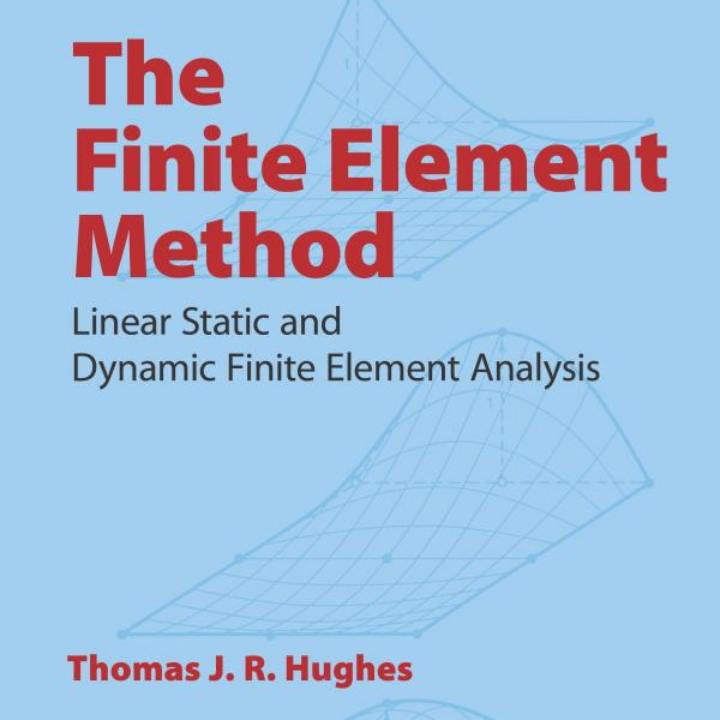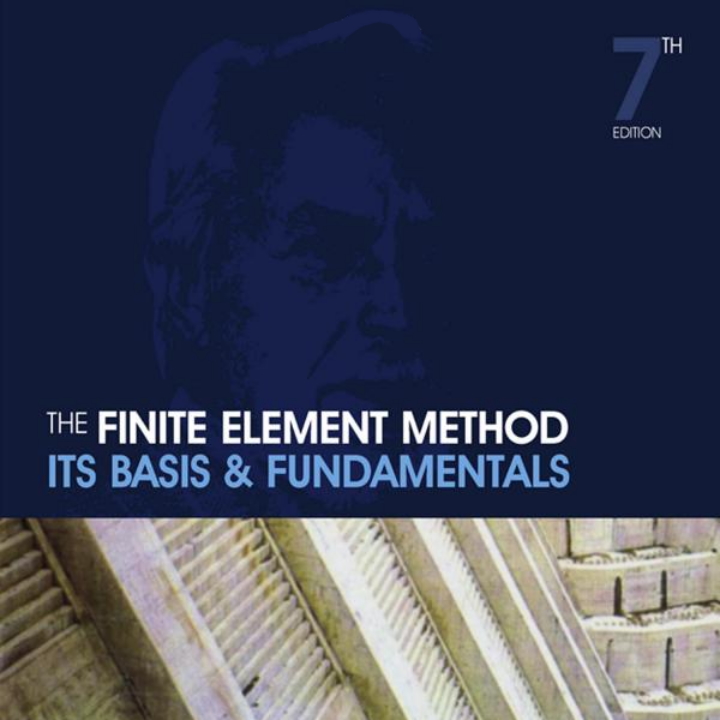Successfully completed a course at the University of Michigan
Today I received a certificate confirming the successful completion of the course “The Finite Element Method for Problems in Physics” of the University of Michigan.
The course was aimed at studying the mathematical techniques underlying the Finite Element Method. Prof. Krishna Garikipati described in great detail the difficulties of formalization of mathematical physics problems in linear and nonlinear formulation. The nuances of constructing finite-dimensional weak form for the multi-dimensional problem, numerical methods of approximation and solving partial differential equations were considered especially carefully.
The emphasis was on the development of algorithms for solving differential equations and their coding in C++. The basis was an open source FEM library - deal.II, which can later be expanded for other applications.
The course was quite difficult for me, but I was able to successfully complete all practical classes and get a score of 64.5%.
Here is a short list of topics that aroused my greatest interest:
- Derivation of the weak form using a variational principle;
- The strong and weak forms of steady state heat conduction and mass diffusion;
- Lagrange basis functions in 1 through 3 dimensions;
- Analysis of the integration algorithms for first order, parabolic equations;
- Modal decomposition.
Also I hope that there are further materials on shell elements, nonlinear analysis (geometric nonlinearity, plasticity and hyperelasticity).
Finite Element Analysis (FEA) is a good choice for problem analysis in complex domains when the area changes (such as during a solid-state reaction with a moving boundary), when the desired accuracy changes over the entire area, or when the solution is not smooth.
There are many good books on FEM/FEA:



